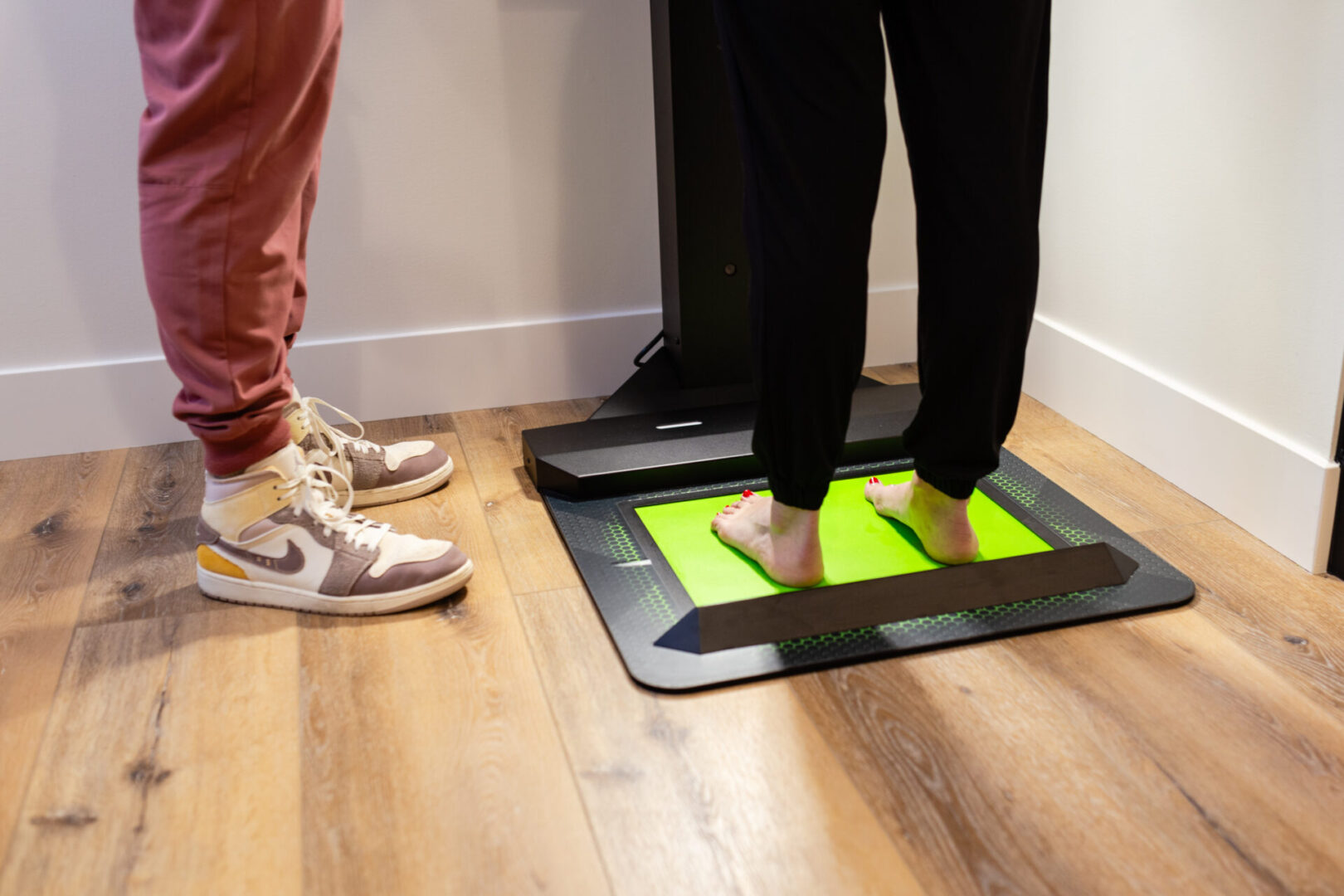
Bunions no longer have to get in the way of your comfort and mobility. Minimally invasive bunion surgery represents an advancement in podiatric medicine that can help you get back to pain-free walking.
Bunion surgery is performed to relieve discomfort and repair deformities caused by a bunion (hallux valgus). A bunion occurs when the bone or tissue around a joint at the base of the big toe moves out of place.
Wearing shoes with a tight toe box is a risk factor, which may explain why women develop bunions more often than men. Surgery is the most effective way to correct a bunion — and now, there are minimally invasive approaches that aren’t associated with the lengthy recovery times of traditional bunion surgery.
If you’re considering surgery for your bunion, understanding what minimally invasive bunion surgery entails and what to expect can ease your concerns.
Here at Hammond Foot and Ankle in Provo, Utah, board-certified podiatrist Dr. Jeffrey Hammond, DPM AACFAS is committed to excellence in foot and ankle care. If you’re having painful bunion issues, and conservative treatments haven’t provided relief, minimally invasive bunion surgery may be an appropriate and beneficial option for you.Â
Minimally invasive bunion surgery
Minimally invasive bunion surgery, unlike traditional methods, involves smaller incisions and less disruption to the soft tissues surrounding the bunion. Dr. Hammond uses specialized instruments to correct the deformity. This approach focuses on reducing tissue trauma, which in turn minimizes postoperative pain.
Less pain and faster recovery
One of the most significant advantages of minimally invasive surgery is the reduced pain and swelling after surgery. With smaller incisions and less tissue disturbance, patients typically experience less discomfort.
This approach also promotes a quicker recovery. Many patients find they can walk shortly after surgery and return to normal activities much sooner than they would with traditional bunion surgery.
What happens during the surgery?
During the procedure, Dr. Hammond makes small incisions near the bunion and uses specialized tools to remove the bony protrusion and realign the toe. The precise nature of the surgery allows for targeted correction with minimal impact on the surrounding tissues.
The entire process is often completed in an hour or less, and in most cases, you can go home the same day.
Ensuring a smooth recovery
After surgery you’ll likely wear a surgical boot to protect the foot and support healing. It’s crucial to follow Dr. Hammond’s instructions regarding weight bearing and foot care to ensure optimal recovery.
While you’ll be able to walk shortly after the surgery, a gradual return to full activities is recommended. Follow-up appointments are essential to monitor your healing process and manage any potential complications, although these are less common with minimally invasive techniques.
Favorable long-term outcome
Minimally invasive bunion surgery is an effective long-term solution. Most patients experience significant pain relief and improved function. The cosmetic results are also typically better, with smaller scars and a more natural appearance of the foot.
Is bunion surgery right for you?
While minimally invasive bunion surgery offers numerous benefits, it isn’t suitable for everyone. Factors like the severity of the bunion, your overall health, and specific foot anatomy play a role in determining the best surgical approach.
Dr. Hammond will conduct a thorough evaluation to determine if you’re a good candidate for this minimally invasive procedure. Don’t let the pain of a bunion continue to interfere with your mobility and quality of life. Contact us to request an appointment today.
